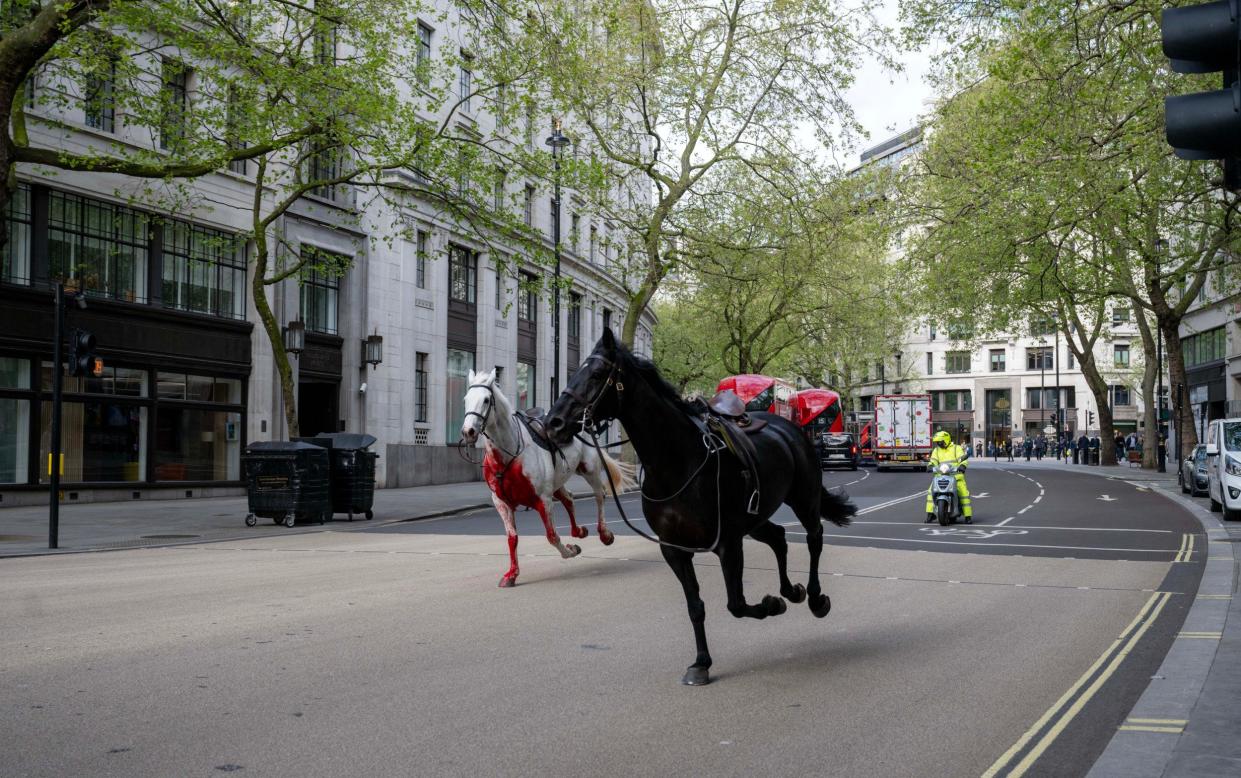Don’t punish the horses for charging through London

This morning Londoners from St James’ to Limehouse have witnessed the shocking scenes of the Household Cavalry’s majestic horses running through the streets of central London, wounded and riderless. Most notably amongst them was the immensely strong yet calm Irish Draught breed.
Undoubtedly questions will be asked of the Household Cavalry how this occurred, and of the necessary risk assessments put in place to mitigate against any harm to the animals and to the public when carrying out training. But what must be avoided is for this isolated and rare incident to degenerate into a debate on ending the practice of working animals in the Armed Forces.
Indeed, within moments of the story breaking, social media was awash with the usual voices condemning the “barbaric” practice of working animals, and how it was supposedly even a “throwback to Empire that is now clearly outdated”.
In fact nothing further could be true. Whilst those habitual cultural apologists on the Left would love nothing more than to see further erosion of the tradition and grandeur with which the British military is well known and respected for around the globe, the Household Cavalry’s use of working horses still serves important practices at state functions and ceremonies, not to mention the immense tourist boost it brings to the UK tax system.
A union of the esteemed Life Guards and Blues and Royals regiments of the British Army, the Household Cavalry represents the epitome of military tradition and honour, whilst a Household Cavalry horse is not your average horse. Carefully selected and trained, these equine allies embody the strength, grace, and discipline needed to perform these types of duties.
Just as professional athletes are chosen to represent their country, such is the same for these noble steeds. Not just chosen for their physical attributes, these horses need to have an even temperament and trainability to perform such a monumental (and privileged) task.
As such they undergo rigorous training drills with experienced grooms and handlers, ensuring their physical performance is up to speed, and that their nutrition and veterinarian needs are met to the highest standards – resulting in healthy and happy horses. Far from calls for concerns over their animal rights, these are some of the best kept, maintained, and healthy horses in existence.
In an ever-growing war on culture, tradition, and heritage, we must resist the inevitable calls to end the four centuries old practice of working horses in the British Army.


